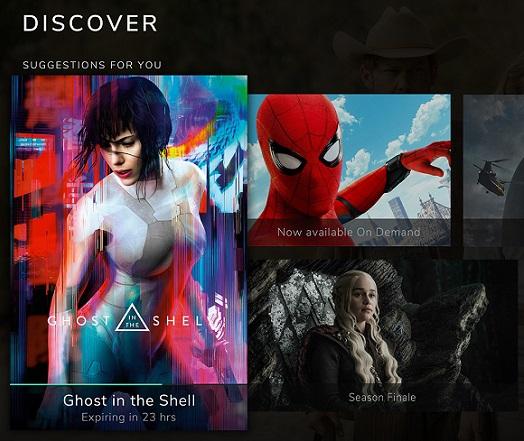
By Anthony Smith-Chaigneau, Senior Product Marketing Director, NAGRA
There is consensus in the TV industry that we should constantly be developing a more personalised experience for the user.
If you look at recent developments – from gesture control and facial recognition on the front end, to A/B testing and content usage algorithms on the backend – you can see just how much we’re driving towards ultimate personalisation.
But supposing we achieve fully sophisticated, intelligent services with innovative “content-and-service-access mechanisms” built-in, is this a perfect service? Is the quality of experience now the best it can be?
Let’s use the analogy of a personalised art gallery.
IoT face recognition knows who the visitors are and tells the connected-gallery all about their likes and dislikes. As soon as they walk in, all the paintings automatically change to suit their preferences. Would visitors want that? Or, would they prefer to be surprised and discover new artists?
The truth is, too much personalisation can lead to monotony.
In this context, algorithms have their limitations. Just because a viewer likes a show or a genre doesn’t necessarily mean they want to watch it over and over. In fact, in many cases the machine will need to be told to stop doing that.
So, if viewers become disillusioned by the results, they’ll ignore the system. TV and film have always relied on variety, which is what we get today (even if we don’t like all of it). But by always relying on algorithms to bring us content, it’s very possible that there will be something out there we never come across.
There are instances where viewers don’t rely solely on recommendations and look for content that doesn’t necessarily align with their viewing history (this could be because of mood, time of day, the company they’re keeping or any other number of influences). There needs to be an element of chance and discovery in content selection – serendipity, in other words.
With this in mind, the end goal for the TV industry shouldn’t simply be using full personalisation to churn out the same content to the viewer over and over.
To address this and offer better recommendations, NAGRA is developing solutions that incorporate all the techniques available from algorithms to new fun and interactive solutions for content discovery. For example, we have developed a simple mood-based function that can provide recommendations which could be closer to but equally serendipitous to what the viewer is actually looking for.
Personalisation does enable smoother and more seamless access to content, especially when you consider the amount of content viewers have at their disposal. But it’s equally important to remember that viewers will sometimes want to try new things.
To learn more about what NAGRA is doing in improving personalisation and recommendations in the TV experience, contact us at [email protected].
